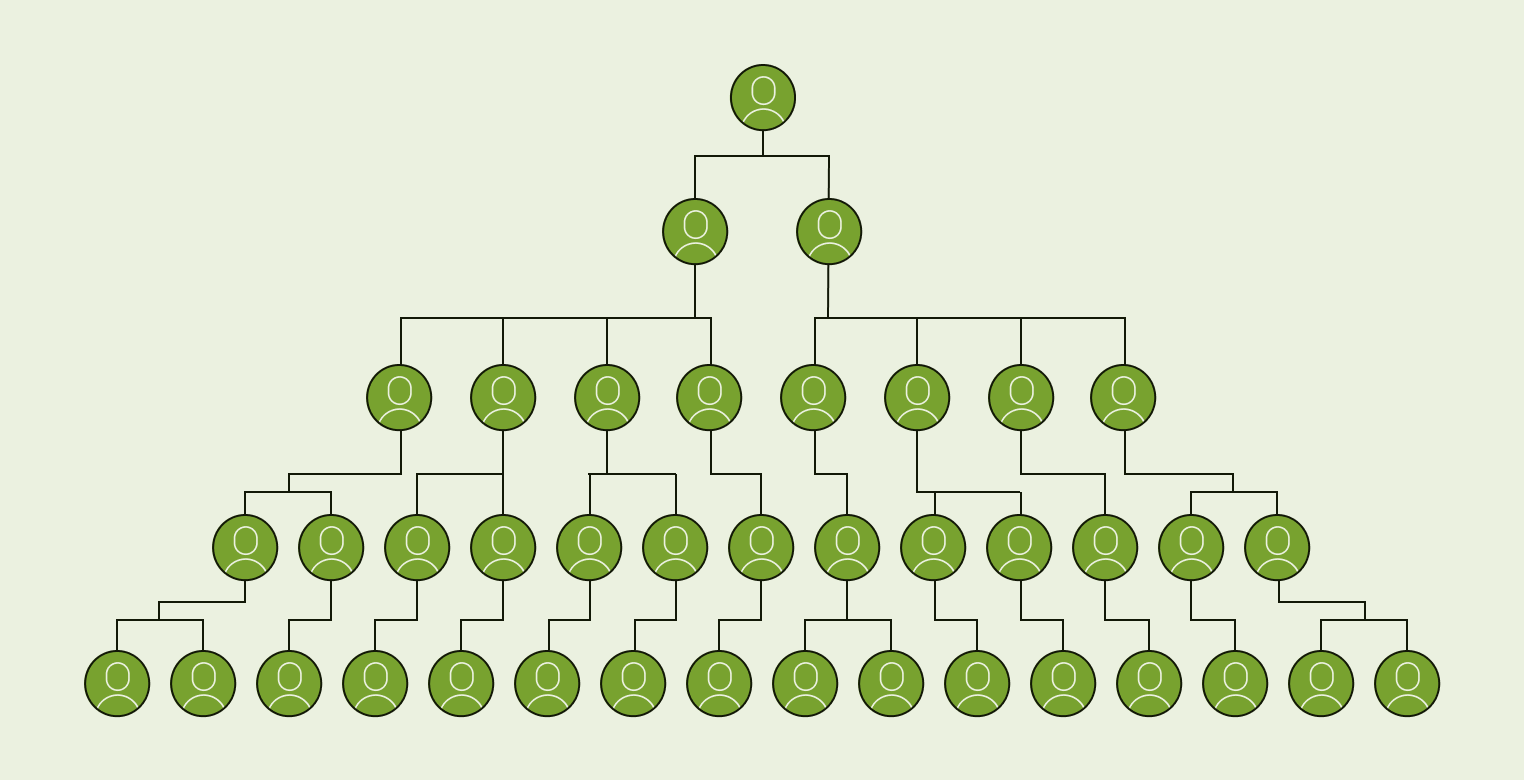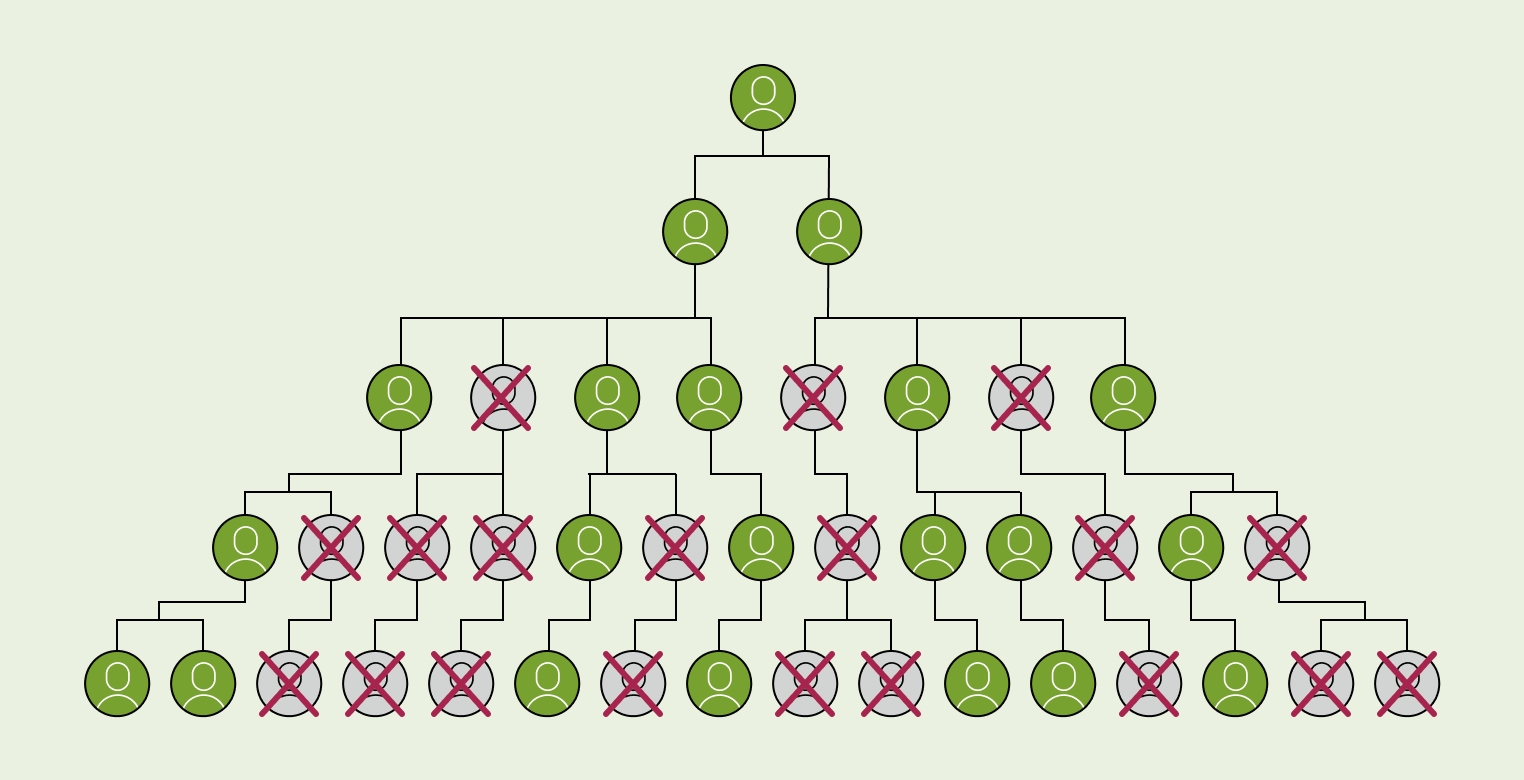Glossary Term:
Automated Call Tree
See why we’re different
Award-Winning Critical Communications
Find out why over 30,000 organizations across the globe rely on OnSolve to deliver fast, effective alerts when they matter most.
Fast, Relevant Risk Intelligence
Discover how AI-powered and analyst-vetted risk intelligence allows you to respond faster and improve outcomes when a critical event occurs.
Unmatched Expertise & Ease of Use
Learn how our power is in our people with decades of experience. We understand the challenges you face every day, and our platform was designed with you in mind.
Have communication challenges?
What is an Automated Calling Tree?
An automated call tree eliminates the delays and inaccuracies of a manual call tree. Rather than rely on people to deliver the message, an automated calling tree system allows you to send one message to all recipients through multiple channels and to any device.
A key advantage is that your messages are sure to be received and – most importantly – read. Call tree software makes it easy to upload recipient details, including multiple ways to contact them, and set up message templates for a range of critical events. If severe weather threatens or there’s a change in event details, you can easily tweak the message copy and hit send. Messages are delivered in minutes – not hours.
Why Use an Automated Call Tree from OnSolve®?
Is your organization still using a manual phone tree? Automate your group calling tree and send messages to tens, hundreds, or even thousands of contacts simultaneously, with our group notification solution. The world has gone digital, and today people expect real-time updates. Slow or lost messages are frustrating and dangerous to businesses and organizations of all types. Using an automated phone tree service will save you hours of managing contact data and making phone calls and give you confidence your organization is always well-informed.
Add and Manage Contacts
- Add or edit them manually
- Import them from a spreadsheet
- Synchronize information with an existing database
Choose Who, How, and When
- Choose who you want to receive the message
- Pick the channel: Voice message, text message or email (or all 3)
- Hit “send” for immediate delivery, or schedule to deliver later
Get Useful Feedback Reports
- Know who received your message and when
- Get answers to any questions you asked in your message
- Easily identify any numbers or addresses that were undeliverable
What Is a Call Tree?
The concept of a call tree is simple: Cascade information through multiple people or channels. With a manual call tree, organizations must rely on individuals to share the message with speed and accuracy.
The concept is simple, but manual execution is not. That’s because information starts with a single person and is transmitted through several layers of calling. One person calls three or four people, who in turn each call another three or four people – until the message reaches the lowest layers.

This approach isn’t always very reliable because gaps are bound to appear. For instance, if a phone isn’t answered, the original caller must finish reaching out to those on their own list and then take responsibility for connecting with the people on the missed person’s list. What if that second person didn’t answer the call? The caller would have to spend more time doing the job of that recipient too – and delays would begin to compound.
A more realistic view of the manual call tree looks like this:

Why Call Trees Are Prone to Inaccuracy
Accuracy is another disadvantage of the manual call tree. Word-of-mouth is perhaps the oldest way information is transferred between humans. But when news is verbally shared, it often becomes less accurate.
A quick play of the children’s game “Telephone” or “Whispers” illustrates the point. Here’s how it works: Players sit in a circle. The first player whispers a secret message in the ear of the person next to them. The second player takes in the message and whispers it to the person on the other side. And so it goes, around the circle, until the last person reveals the message.
The result?
Some players fail to share or remember some of the details, so key facts are lost. Sometimes, the message is completely incorrect because listeners mishear whispers or players accidentally change words.
Almost without fail, the final message is completely unrecognizable to the one that started the circle.
Why Manual Call Trees Are Slow and Inefficient
When every minute counts, a manual call tree is a highly inefficient way to alert people to news they need to know immediately. Consider, for example, how long it might take for a message to cascade from a single person through three layers of contacts to reach everyone in a group of 65. Even if each phone call lasted just three minutes – from dial through hang up – it would take up to three and a half hours for the last 24 people to get the message.
Can you afford to wait that long? In some situations, a call tree might suffice. But when a threat is emerging, speed is a necessity. A manual call tree, because of its cascading nature, will always take more time than you can spare in an emergency. Relying on a method based on sequential dialing is both slow and inefficient.
Even in today’s modern world, manually sharing messages via another channel is risky. Missed calls, unread emails and overlooked social posts can delay information reaching the people who need it most.
Is there a different between a Call Tree and a Phone Tree?
There is no difference between a call tree and a call tree. A call tree refers to the same system where a single person calls several recipients who in turn each call other recipients until the message reaches everyone.
The Advantages of Automated Call Trees
Most organizations can’t wait three and a half minutes, much less three and a half hours, for information to reach people in the path of a disaster.
Fortunately, both technology and human behavior has evolved over the last two decades. The widespread adoption of the smartphone means people have constant and instant access to voice calls, SMS text messages, web chat, social media and email.
At the same time, automated call tree applications like OnSolve® removes the responsibility of individuals and reliably distributes messages quickly to any group size. The application delivers the message in the methods your contacts prefer like SMS text, phone call and email.
How to send Automated Call Tree messages
How do you create and send messages with an automated call tree system? There are just three simple steps:
1. Create your alert by selecting your recipients and customizing the appropriate template. Automated call tree software allows you to choose only those who need to receive the alert – for instance, those within a specific zip code who are in the path of a storm. Update your message template with the details of the action you want them to take – such as evacuating.
2. Send the message. Choose the desired delivery channel(s) and send the alert immediately if it’s urgent or schedule it for a later time.
3. Monitor who receives and opens the message. With real-time reporting, you’ll know right away who missed the alert. This is vital knowledge in an emergency.
What to look for in an Automated Call Tree Solution
1. Customization. Every event is unique. You may need to activate your call tree for routine communications, like reminders about planned events, or to communicate an urgent threat. The ability to customize messages for specific events and devices is a must-have feature. In addition, choose a plan that includes unlimited calls, texts, push notifications and emails for one annual price with no per-call or long-distance charges.
2. Speed. Look for a system that allows you to pre-record messages and save them in an audio library. This feature is ideal for both standard and recurring events, but is vital in emergencies.
3. Relevancy. Target only the people you need to reach by creating contact groups. Your vendor should offer the ability to create an unlimited number of subgroups, allowing you to deliver messages to specific office locations, floors, volunteer groups and more. With additional filters, you should also be able to dynamically create groups.
4. Reliability. Be confident you’re reaching the right people with the right message. Choose automated call tree software that allows you to upload contacts from CSV or spreadsheet files or by exporting or integrating with an existing database program such as Salesforce or Outlook.
5. Immediacy. To respond in real-time, you must understand exactly who received your message and who didn’t. The right automated call tree software will provide continuous status updates as soon as your message is sent, allow you to manage erroneous phone numbers faster and provide instant access to polling responses.
6. Conversational. Don’t like the sound of your own voice? A text-to-speech feature converts typed text to an audio file and delivers your message in your choice of natural sounding voices.
7. Mobile. Critical events almost never happen on your schedule. A phone tree app allows you to activate your phone tree even if you’re not in the office. You can trigger alerts while on the road, at the grocery store or at home.

Mass Notification 101 for Business Leaders
Learn how to improve the relationships with key stakeholders with mass notifications.
